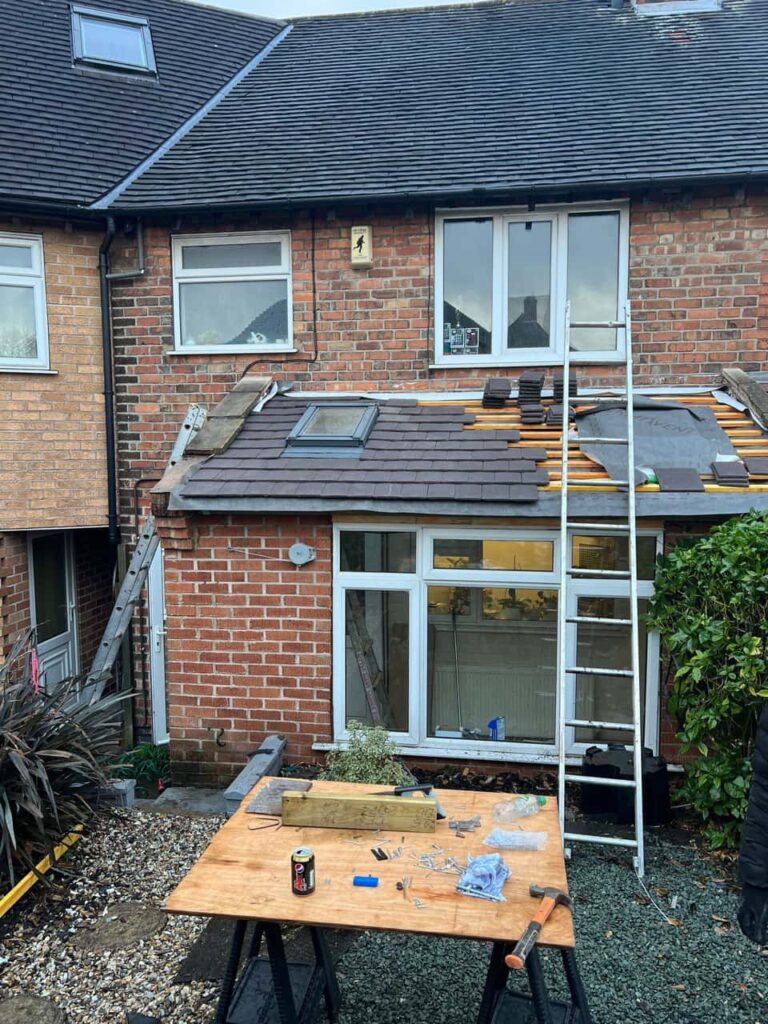Introduction: As sustainability becomes increasingly important in construction and roofing practices, it’s essential to understand the environmental impact of roofing materials. Felt roofing, a popular choice for many homeowners and commercial properties, offers durability, reliability and environmental benefits. In this blog post, we’ll delve into the concept of environmental impact assessments for felt roofing materials, exploring how they contribute to a greener and more sustainable future.
What is an Environmental Impact Assessment?
An environmental impact assessment (EIA) is a process used to evaluate the potential environmental consequences of a proposed project or activity. In roofing materials like felt, EIAs assess various factors such as raw material extraction, manufacturing processes, transportation, installation, and end-of-life disposal.
Understanding the Environmental Benefits of Felt Roofing:
Felt roofing materials, typically made from bitumen or asphalt-saturated organic fibres, offer several environmental benefits that contribute to their positive EIA ratings:
Sustainable Sourcing:
- Many felt roofing manufacturers prioritise sustainable sourcing practices using recycled materials or sourcing raw materials from responsibly managed forests. By reducing reliance on virgin resources, felt roofing helps conserve natural resources and minimise environmental impact.
Energy Efficiency:
- Felt roofing materials often possess excellent thermal insulation properties, reducing the need for excessive heating or cooling energy indoors. By improving energy efficiency, felt roofs can lower carbon emissions associated with heating and cooling systems, contributing to overall environmental sustainability.
Longevity and Durability:
- Felt roofing systems are known for their longevity and durability, with properly installed roofs lasting decades. Their extended lifespan reduces the frequency of roof replacements, minimising waste generation and the environmental impact of manufacturing and disposal processes.
Recyclability:
- At the end of their service life, felt roofing materials can be recycled or repurposed into new products, reducing waste sent to landfills. Recycling initiatives for felt roofing contribute to circular economy principles, where materials are continuously reused, recycled, and regenerated.
How Environmental Impact Assessments Influence Decision-Making:
Understanding the environmental impact is crucial when choosing roofing materials for a construction project. EIAs provide valuable insights into the sustainability credentials of different roofing options, allowing stakeholders to make informed decisions based on environmental considerations.
Conclusion: Felt roofing materials offer a compelling combination of durability, performance, and environmental sustainability. Through comprehensive environmental impact assessments, stakeholders can assess the ecological footprint of felt roofing materials and make choices that align with their sustainability goals. By opting for felt roofing, homeowners and businesses can contribute to a greener future while enjoying the benefits of a reliable and eco-friendly roofing solution.
Call us on: 01243 957 294
Click here to find out more about Chichester Roofing Repairs
Click here to complete our contact form and see how we can help with your roofing needs.

